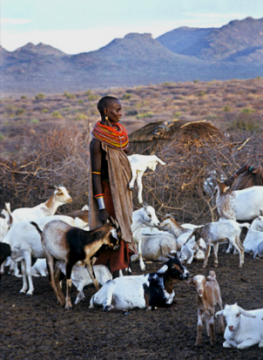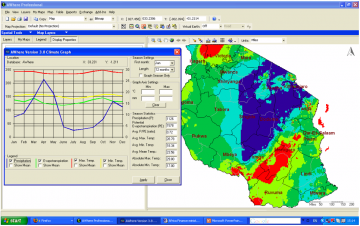The economic impacts of climate change in Kenya


Welcome … This is the page for the Kenya National Advisory Committee for the DFID funded study on the Economic Impacts of Climate Change in Kenya.
Please find below…
Key project documents:
- Project method report for the study
- Project summary
- Presentation given at the public launch event 22nd January 2009
Final study reports and annexes:
- Kenya final main report: The Economics of Climate Change in Kenya. Executive Summary.
- Kenya project brochure with summary messages
- Kenya low carbon report. Full technical annex. Complete
- Kenya low carbon report. Full technical annex. Summary and TOC
- Kenya low carbon report. Full technical annex. Chapters 1 to 3
- Kenya low carbon report. Full technical annex. Chapter 4
- Kenya low carbon report. Full technical annex. Chapter 5
- Kenya low carbon report. Full technical annex. Chapter 6 and references
Case studies:
- Kenya – Riparian Floods case study
- Kenya – Mombasa and sea level rise case study
- Report on Adapting East African ecosystems and productive systems to climate change
- Tana River Basin: Adaptation case study (WEAP model)
- Turkana Wind Farm case study
- Kisumu, Kenya: SCC-VI Agroforestry case study
- Kenyan rangelands: African Conservation Centre case study
- Climate science and impacts
Sectoral reports:
This document analyses the effects of climate change on ecosystems in Kenya. It is structured in 3 sections:
Section 1 explains how ecosystems and ecosystem services play a vital role for human well-being.
Section 2 identifies patterns of change stressing ecosystems and influencing their vulnerability.
Section 3 explores the effects of climate change on ecosystem services and the possible implications for human well-being and development given two possible future pathways.
This document analyses the effects of climate change on ecosystems at the regional level (East Africa):
Section 1 explains how ecosystems and ecosystem services play a vital role for human well-being.
Section 2 identifies patterns of change stressing ecosystems and influencing their vulnerability. This section also analyses the climate-sensitivity of most vulnerable ecosystems in the region.
Section 3 explores the effects of climate change on ecosystem services and the possible implications for human well-being and development given two possible future pathways for East Africa.
Section 4 shifts focus from climate change impacts on ecosystems and services to exploring the role and value of ecosystem-based approaches for adaptation.
Other outputs:
This 1st National Communication is the main output of the enabling activity project; Kenya: Enabling Activities for the Preparation of Initial National Communication Related to the UNFCCC, funded by the Global Environment Facility (GEF) through the United Nations Environment Programme (UNEP).
Other examples:
Possible climate analogue 2050 for Nairobi

Produced with the AWhere Spatial Analysis tool
Download image here
Link to…
AdaptCost: Analysis of the Economic Costs of Climate Change Adaptation in Africa
Adaptation “landscapes” or “signatures“
The economics of climate change in East Africa:
- The economic impacts of climate change in Burundi
- The economic impacts of climate change in Rwanda
- The economic impacts of climate change in Kenya
(0) Comments
There is no content